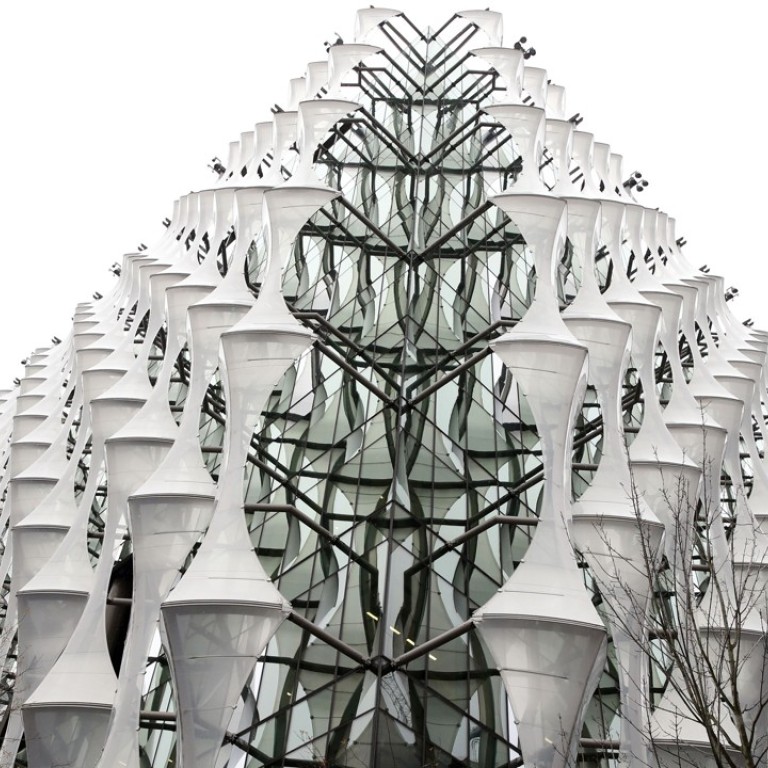
Washington’s billion-dollar ‘sugar cube’ in London is the costliest embassy ever built
A far cry from the brutalist fortresses of old, the new US embassy is meant to exude a sense of openness and transparency – never mind the presumed CIA station somewhere inside
Costing US$1 billion it is the most expensive embassy ever constructed. But its designers say the new American chancery on the Thames River marks a paradigm shift in design: the US Embassy here will exude openness, while hiding all the clever ways it defends itself from attack.
After decades of building American embassies that look brutalist or bland, like obvious fortresses, the soon-to-be opened mission in London is a crystalline cube, plopped down in the middle of a public park, without visible walls.

Instead of blast walls, there is a perimeter pond, with recycled water waterfalls, native hammocks and deep trenches – and on the roof arrays of solar panels that will produce enough power to run the building and give some extra back to the grid.
The building sports frosted glass walkways, inspirational quotes of the US Constitution, neon sculpture, reclaimed teak benches, Cornwall granite, its own subterranean waste water treatment plant and a dozen gardens in the sky, one representing the flora of the American Midwest.
There’s also a pub, a gym, a post office and a posh Marine barracks, with millionaire views all the way to Westminster. One assumes there is a CIA station, but that was not on the tour.
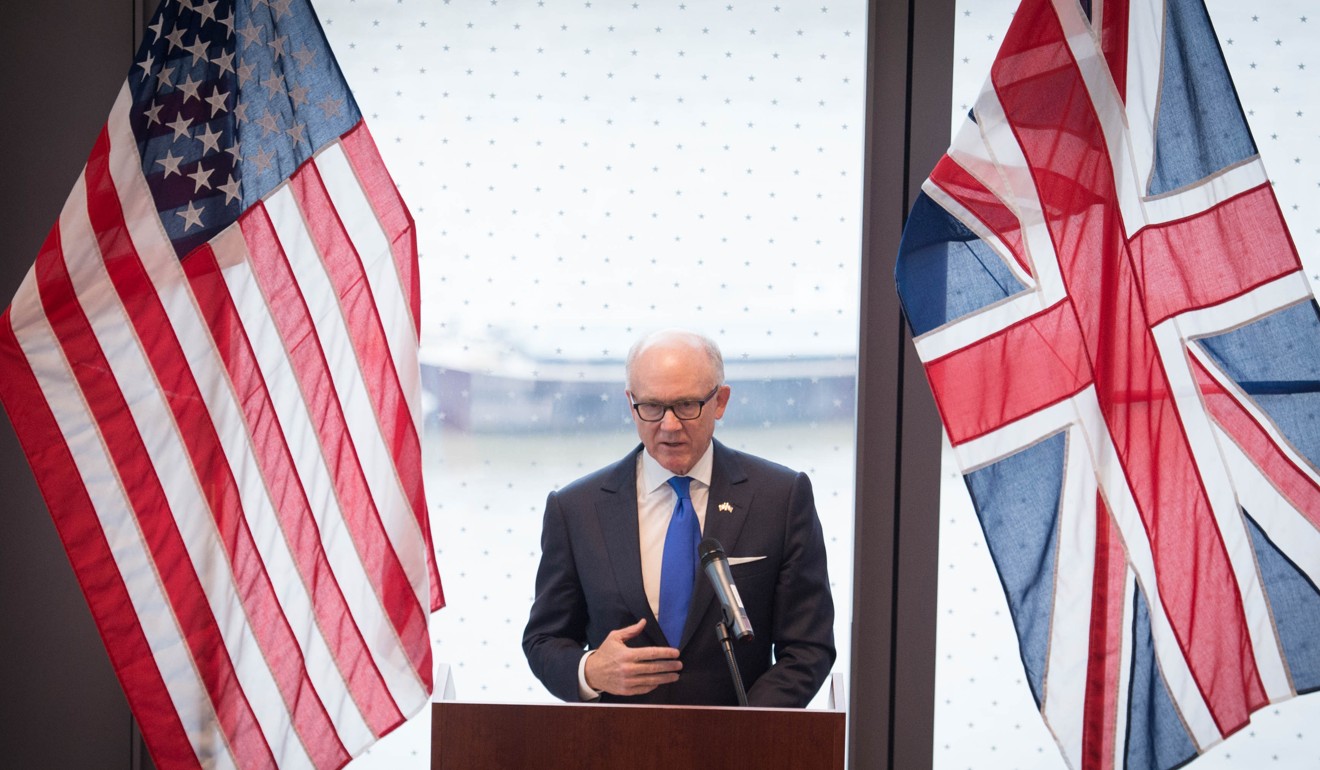
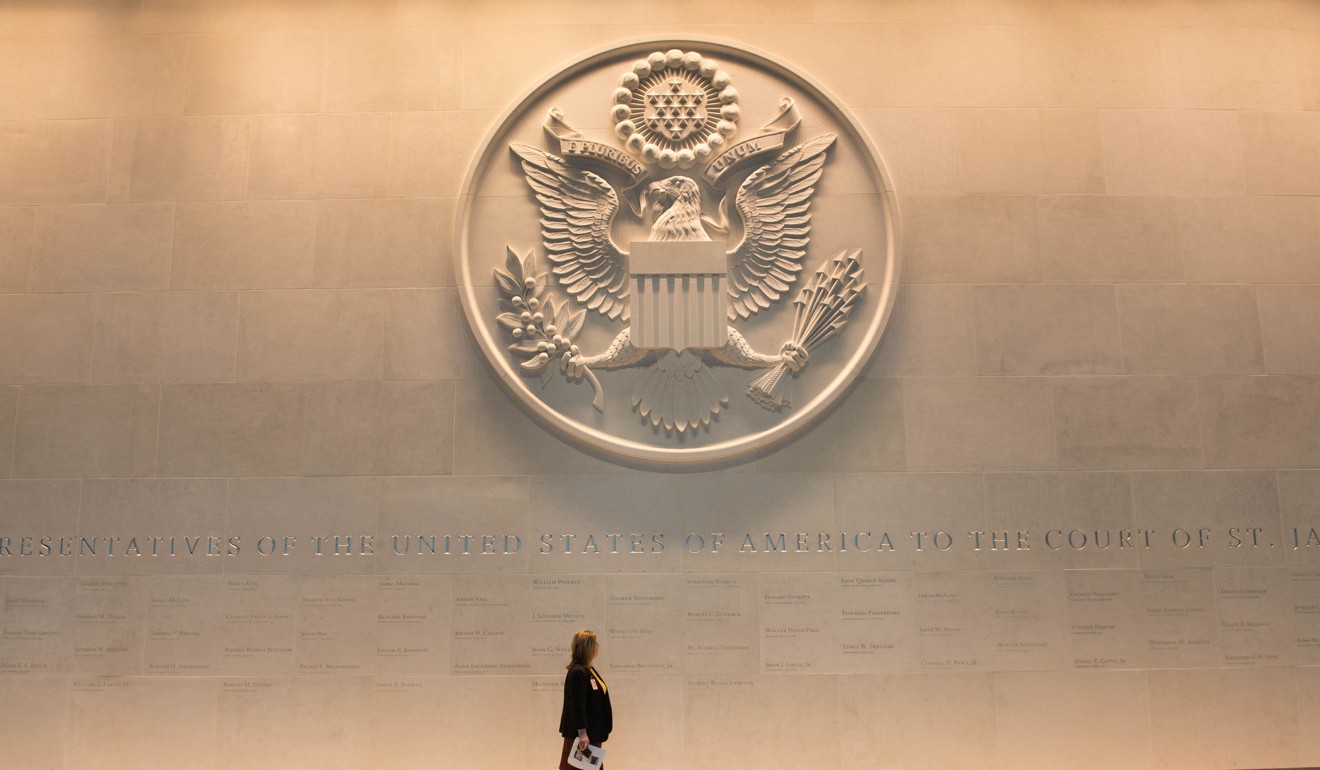
This is a far cry from earlier critiques.
Ken Livingstone, the former mayor of London, said that the city expected “something a little bit more exciting.”
A critic at the Guardian newspaper called the pond “a moat” and reported that the two British jurors on the design jury tried to block the design because it was too boring.
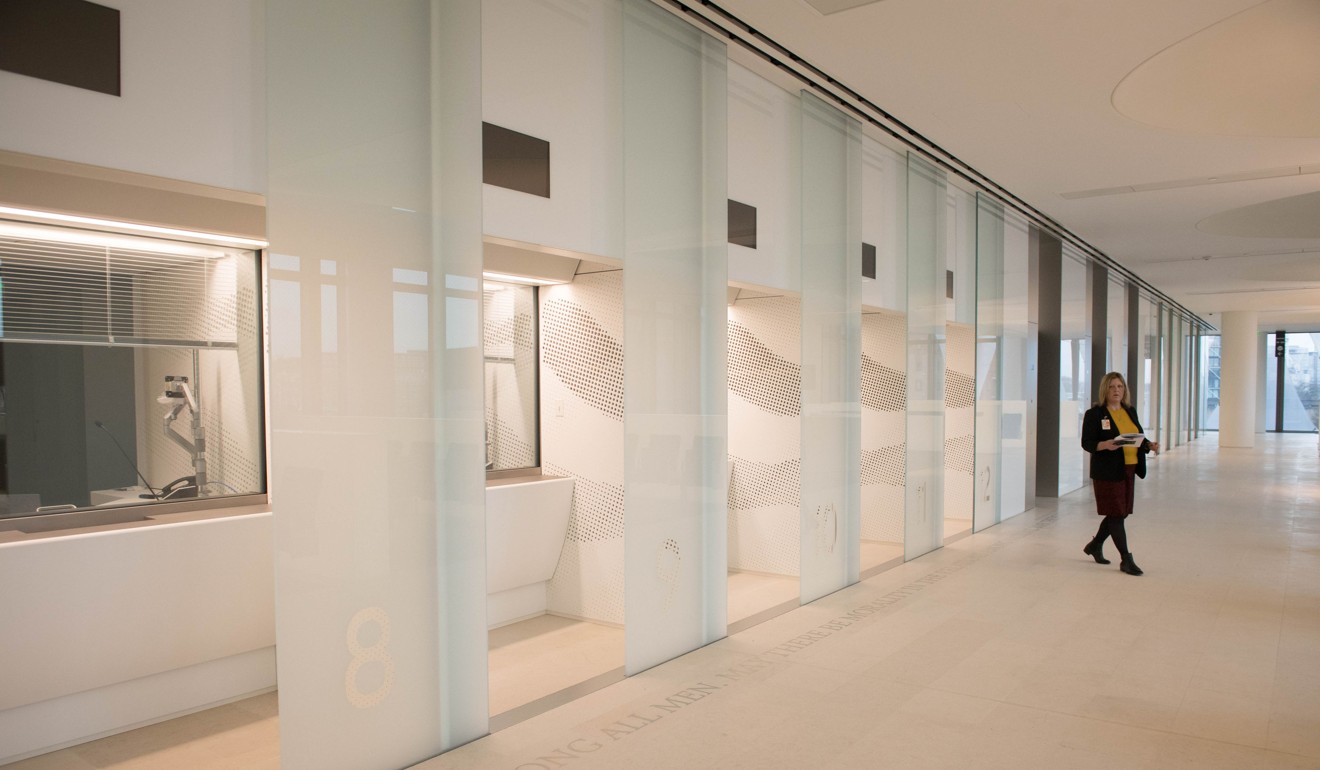
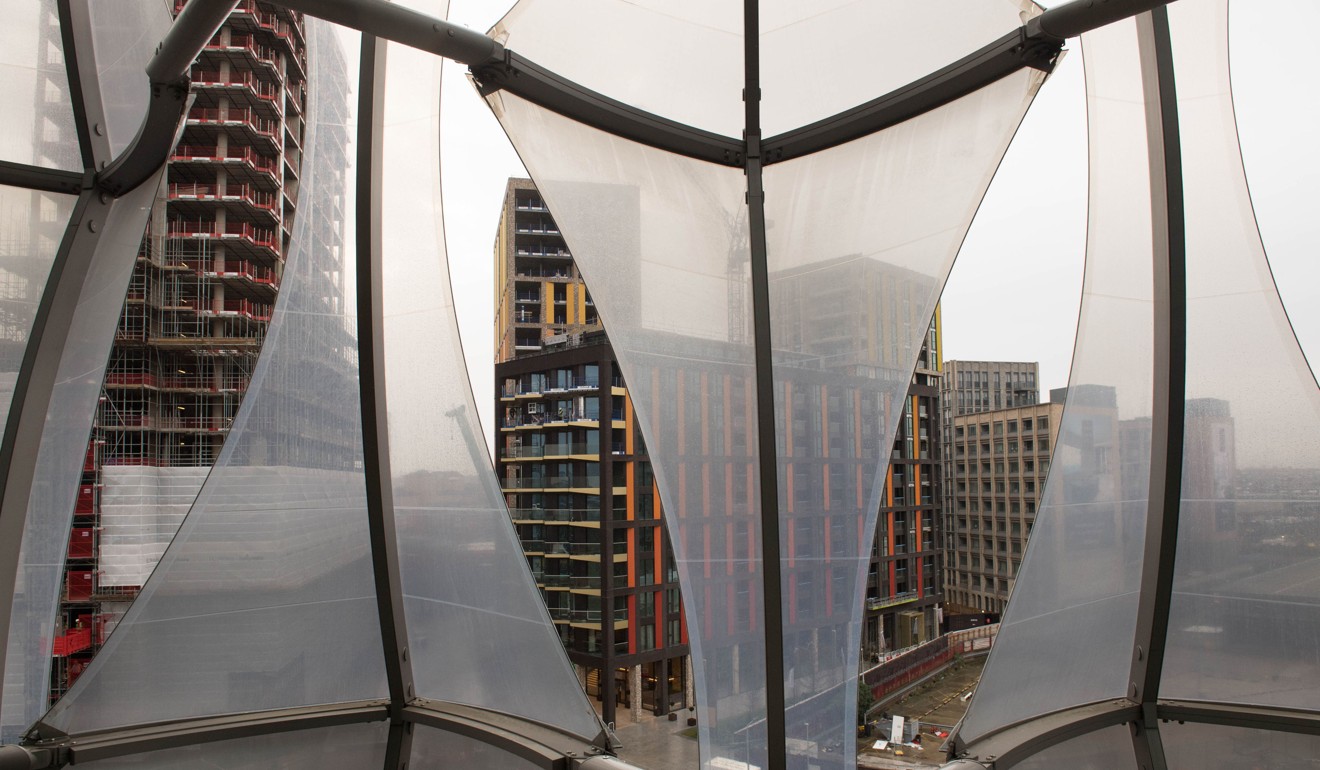
“We look forward to welcoming him,” Johnson said, whenever Trump comes. “No date is set,” he said. “He’s a busy president.” There is much speculation about a visit in February.
Prominent British politicians, including the London Mayor Sadiq Khan, have pressed British Prime Minister Theresa May to rescind her invitation to Trump. Activists have promised mass demonstrations if and when the American president shows up. At least one parliamentarian says that Trump ought to be arrested upon arrival.
In his remarks, the US ambassador stuck to the positive. He said, “Little America is moving south of the river,” a new beginning in a formerly rough neighbourhood of public housing and old warehouses, now exploding with growth, between the Chelsea and Vauxhall bridges.
Johnson confessed he was a little wistful, too, because there is so much history at the old embassy and its location in Grosvenor Square.
The first US ambassador here was John Adams.
The old embassy, a 1960 modernist gem by the architect Eero Saainen, was sold to the real estate division of Qatar’s sovereign wealth fund, which has gobbled up high-profile London properties, including the Harrods department store. They are going to turn it into a luxury hotel. The money from its sale, and of other US properties in London, funded entirely the new billion-dollar embassy.
The building was designed by the firm KieranTimberlake of Philadelphia. James Timberlake said that the job specs for the building were 1,000 pages long.
His vision, complex and simple, was to create an embassy at once “welcoming and secure,” measuring a desire to express “transparency, openness, equality” against the need to “filter all and everything and everyone who enter.”
Timberlake envisioned a “crystalline cube”, because a cube is “efficient and provocative”. He wanted “a radiant beacon”, iconic architecture with interiors “light-filled, airy, with great views”, that was also environmentally outstanding – the 518,000 square foot, 12-storey building will produce more energy that it uses, even after it cares for 800 staff and 1,000 daily visitors.
Londoners love to give nicknames to the city’s cutting-edge architecture. Here the newest sky-scrappers are known to all, for better or worse, as the Gherkin, the Can of Ham, the Cheese Grater and the Pringle.
After the design was announced years ago, Martin Linton, the then member of Parliament for Battersea borough, said that it “looks a bit too much like a sugar cube.”

